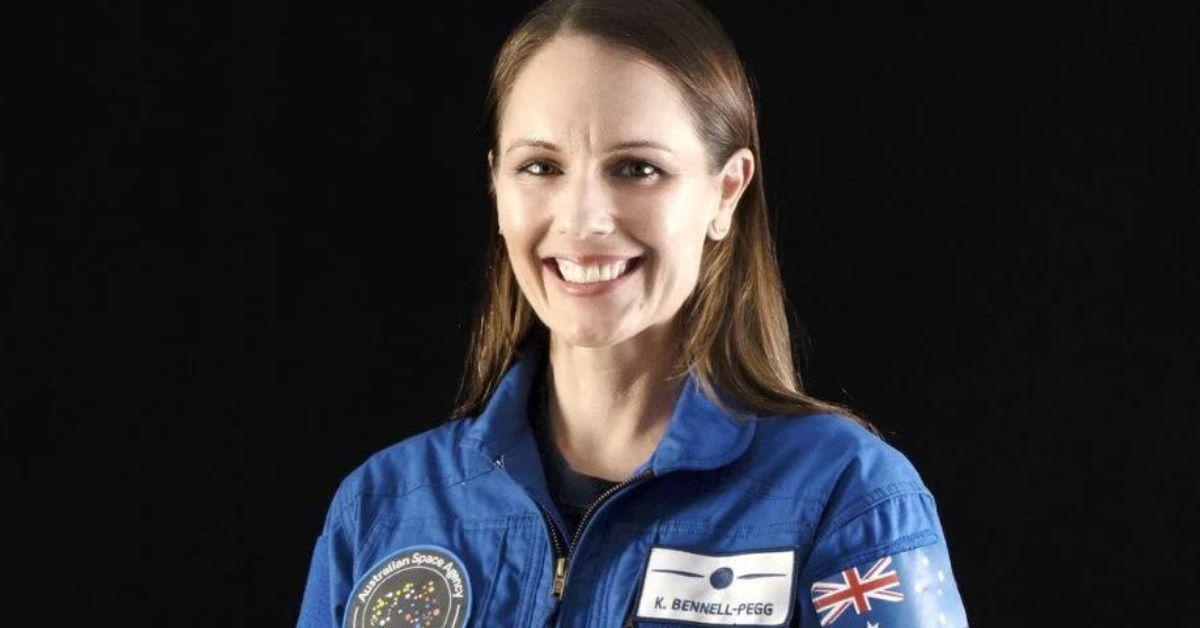By: Mike Crooks
An Australian mother of two’s “lifelong dream” just came true.
Key points:
- Katherine Bennell-Pegg would be the first Australian who was trained as part of an Australian program.
- Katherine applied to ESA’s astronaut program in 2021, along with 22,500 others. She is among six people who have now graduated.
- Ms Bennell-Pegg’s training involved simulating long spacewalks underwater in scuba gear, and stretches in centrifuges and oxygen low-pressure chambers.
Last week in Cologne, Germany, space systems engineer Katherine Bennell-Pegg graduated from the European Space Agency’s astronaut program.
She is now qualified to travel to the International Space Station (ISS).
If the 39 year old is selected for a space mission in the future, she would be the first Australian who was trained as part of an Australian program, to venture into space. (Two other Australian-born astronauts, Paul Scully-Power and Andy Thomas, became US citizens in order to train, and work, with NASA.)
“For me, being an astronaut has definitely been a lifelong dream,” said Ms Bennell-Pegg. “But I never believed I’d have the chance to do that as an Australian.”
From Australia to the stars
As an engineer, Ms Bennell-Pegg has worked in the space industry for over 12 years. She has worked on human spaceflight missions, the ISS mission, and Earth observation and space exploration missions.
The Sydney-born woman, who is based in Adelaide, applied to ESA’s astronaut program in 2021, along with 22,500 others. She is among six people who have now graduated.
While remaining an employee of the Australian Space Agency (ASA), she moved to the ESA’s European Astronaut Centre (EAC) in Cologne for her 12-month training.
“International cooperation has always been paramount for ESA and will become even more important as we venture further into space,” said ESA Director General Josef Aschbacher.
“By training Katherine alongside European astronaut candidates at EAC, we are strengthening the bonds of international partnerships and providing ESA expertise to our partners.”
Astronaut school
Ms Bennell-Pegg’s training involved simulating long spacewalks underwater in scuba gear, and stretches in centrifuges and oxygen low-pressure chambers.
“When I wanted to be an astronaut, it was first for that adventure, that curiosity so many kids have,” she said.
“I’m so grateful to the Australian Space Agency and others back home … for making this possible.”
The “astronaut school” also included:
- Survival training (scenarios included sea, fire, water and winter)
- Medical training (stitching wounds and starting an IV)
- Space systems engineering and robotics (including operating “Canadarm2” on the ISS)
- Scientific experiments
- Training at NASA’s Johnson Space Center
One of her last training missions was flying in an Airbus ‘Zero G’ A310. The aircraft’s parabolic (curved) flights provide passengers with the experience of weightlessness.
“If that’s not the perfect preparation for a flight to the International Space Station, I don’t know what is!” ESA astronaut and pilot Thomas Pesquet posted on social media after the flight.
“All of them are naturals and just straight out enjoyed this first taste of what’s to come.”
Watch this space
Ms Bennell-Pegg will now return to her role as director of space technology at the Australian Space Agency in Adelaide.
She is hopeful that more Australians will reach for the stars.
“I’m really determined to make the most of this for everyone back home – to accelerate the opportunities for more Australians to be involved in human space flight, one way or another in the future,” she said.
Learn more at the European Space Agency website.
Article supplied with thanks to Hope Media.
Images: European Space Agency

